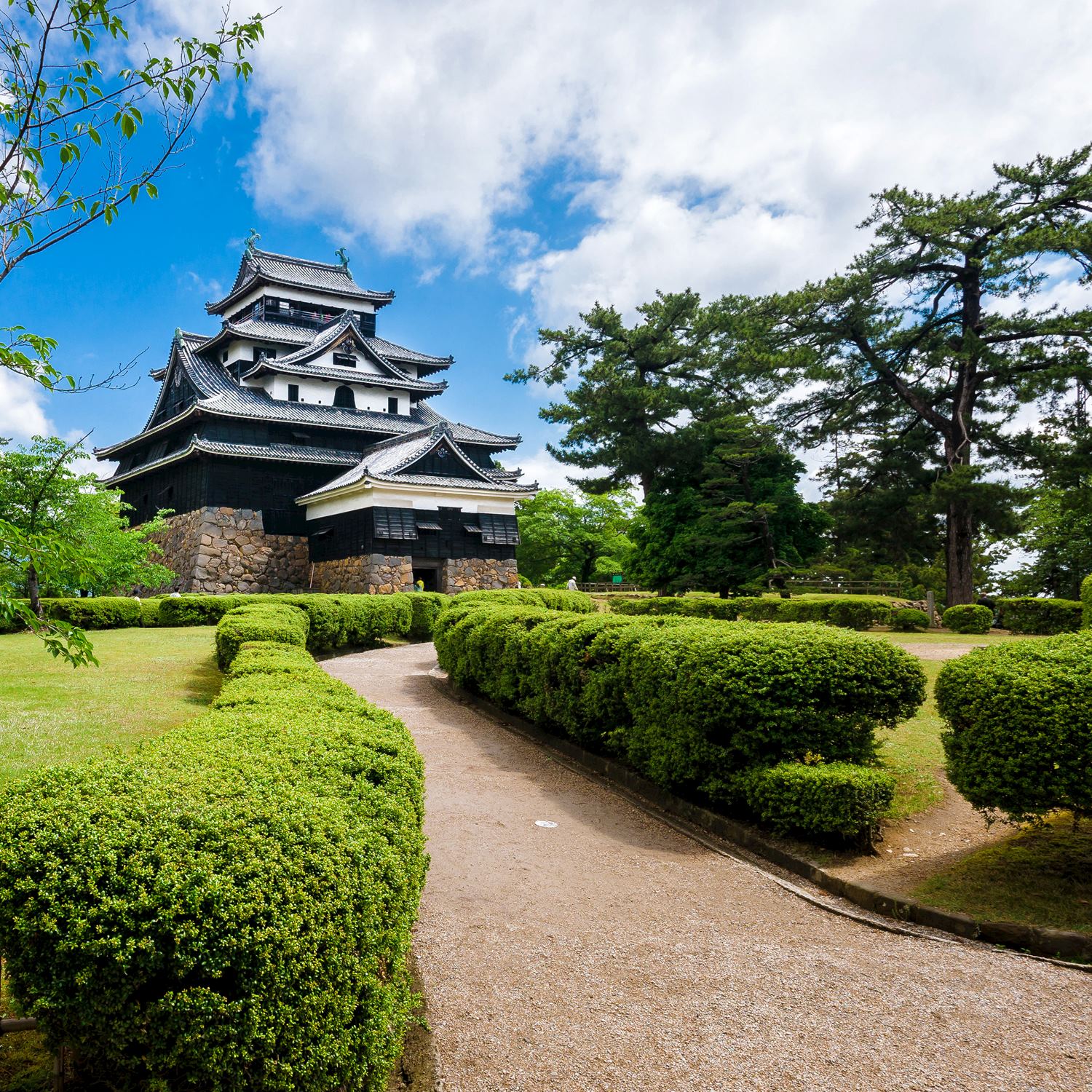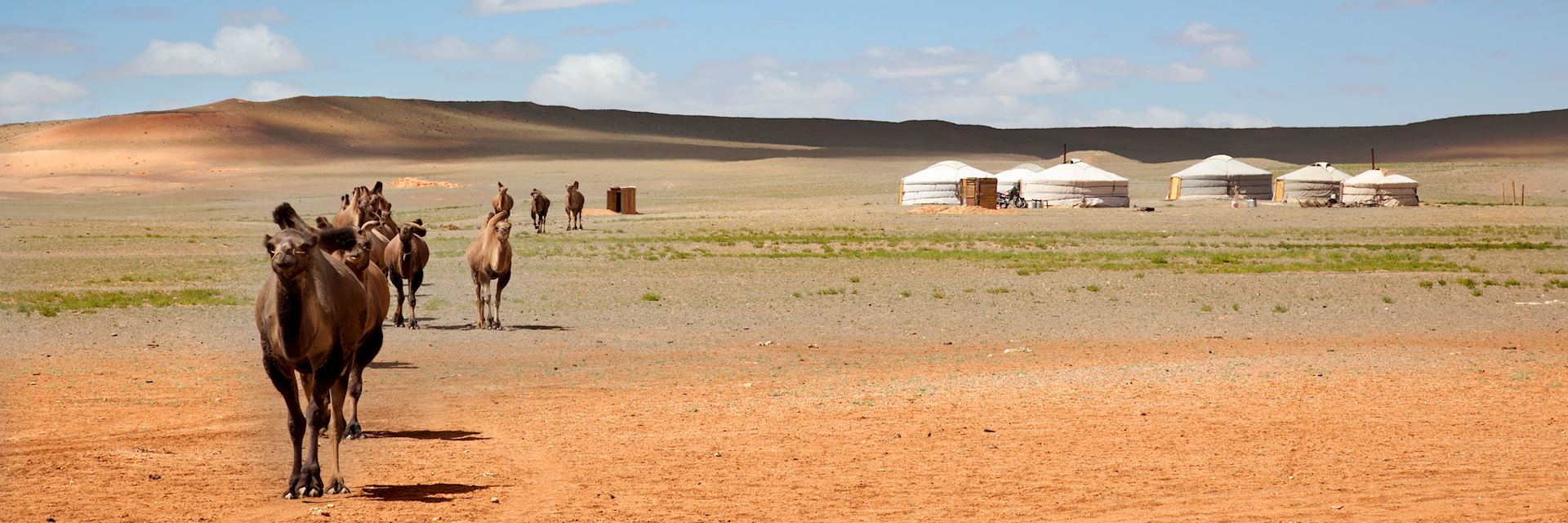Practical Information
The great expanses of Mongolia offer incredible opportunities to explore one of the world’s last true wildernesses. This is a land three times the size of France with a population less than that of Wales.
The Mongols are naturally a nomadic people, and it was only during the Communist years of the 20th-century that urbanisation began in earnest. Over a third of the population now live in the capital, Ulaanbaatar, the political and cultural hub for the region and entry and exit point for the great majority of foreign visitors.
Getting there
With no direct flights from the UK, connecting flights via Beijing or Seoul offer the most convenient and frequent option, while a slower but more atmospheric journey brings you to Ulaanbaatar on the famous Trans-Siberian railway, offering the ideal opportunity to disembark and explore the city and beyond.
Getting around
Domestic flights radiate from the capital to the provinces (aimags), and though much of the infrastructure beyond the capital is very basic, travelling by private vehicle allows you to explore the stunning hinterland in as much comfort as possible.
Language
Mongolian is the main language, spoken by the vast majority of people. It is an Altaic language, related to modern Turkish. Younger people may speak some English, especially in hotels and tourist destinations.
Food and Drink
Traditional Mongolian food includes buuz (small, steamed meat dumplings), huushuur (flat meat-filled dried pancakes), and soups. Many traditional products are also made from milk. Despite the reputation of Mongolia as being a nation of carnivores, vegetarians should not starve. The above traditional food is available filled with cabbage and other vegetables also.
Tipping
10% should suffice in restaurants. It is accepted practice to tip local guides and drivers; $10-$20 per person per day is a suitable amount. We suggest tipping drivers as much as guides since with the distances and terrain involved in Mongolia they often work as hard, if not harder than the guides.
Expenses and Money
The currency of Mongolia is the Mongolian Tögrög. Ulaanbaatar has ATMs which can be used to withdraw Tögrög from. Currency exchanges are also common place, where you will need your passport to exchange money. US dollars are often easier to exchange than Sterling. Outside of Ulaanbaatar there are few banks, so do not depend on being able to get money away from the capital, especially if going into the countryside.
Social
There are many superstitions and social customs in Mongolia. You should ask your guide for more detail — there are too many to list here! You should not worry too much about breaking them as Mongolians are generally patient and understanding of foreigners.
Travel Advice
Our country specialists can advise on any safety concerns you may have. For current information, please refer to the Foreign, Commonwealth & Development Office website.
When to go to Mongolia
You'll find temperature and rainfall information, together with a month-by-month guide on visiting, on our guide for when to go to Mongolia.
More Information
-
Flight Time
14 hours (via Beijing) -
Recommended Airlines
Turkish Airlines -
Time Zone
UTC +7 to UTC +8


